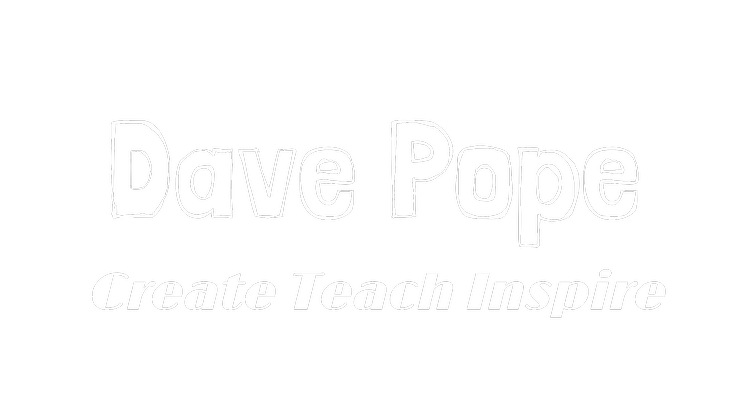In the rapidly evolving landscape of modern work, collaboration has emerged as a cornerstone for success. The advent of advanced communication technologies has revolutionized the way teams interact, enabling seamless collaboration across geographical boundaries. Among the frontrunners in this transformative journey are collaboration tools like Webex, Zoom, and Microsoft Teams. These platforms have not only redefined how we work but have also paved the way for a more connected, efficient, and engaging work environment.
Seamless Communication and Real-Time Collaboration
In the past, coordinating with colleagues located in different regions often involved complex logistical arrangements. Today, with collaboration tools such as Webex, Zoom, and Microsoft Teams, the barriers of distance and time zones are virtually eliminated. These platforms facilitate real-time communication through high-quality video conferencing, instant messaging, and audio calls. Team members can interact as if they were in the same room, fostering a sense of camaraderie and enabling efficient decision-making.
Webex, Zoom, and Microsoft Teams provide a range of features that support seamless communication and collaboration, such as screen sharing, file sharing, and virtual whiteboards. These tools empower teams to brainstorm, edit documents, and share ideas in real-time, making collaboration more dynamic and engaging than ever before.
Flexibility and Remote Work
The global shift towards remote work has been accelerated by collaboration tools, enabling organizations to maintain productivity even when team members are dispersed across different locations. Webex, Zoom, and Microsoft Teams offer robust solutions for remote work, allowing employees to participate in meetings, collaborate on projects, and access important documents from the comfort of their homes.
Moreover, these tools promote a healthy work-life balance by reducing the need for constant travel and commuting. Employees can manage their schedules more effectively and allocate time to focus on tasks that require deep concentration, resulting in higher levels of productivity and job satisfaction.
Enhanced Productivity and Project Management
Effective project management relies on streamlined communication and clear task delegation. Collaboration tools like Webex, Zoom, and Microsoft Teams integrate seamlessly with project management software, enhancing transparency and accountability. Project teams can set up dedicated channels for specific projects, where they can share updates, track progress, and discuss challenges in real-time.
Furthermore, these platforms offer integrations with various third-party applications, such as document editing tools, task management software, and customer relationship management (CRM) systems. This integration streamlines workflows and minimizes the need to switch between different applications, boosting overall productivity.
Creating a Unified Digital Workspace
One of the significant advantages of collaboration tools is their ability to consolidate various communication channels into a single, unified platform. Webex, Zoom, and Microsoft Teams serve as a hub for email, instant messaging, video conferencing, and document sharing. This centralized approach reduces communication silos and ensures that important information is easily accessible to all team members.
Additionally, these tools facilitate cross-functional collaboration by breaking down departmental barriers. Employees from different departments can collaborate effortlessly, share knowledge, and contribute their expertise to projects, leading to innovative solutions and a more inclusive work environment.
Fostering Employee Engagement and Well-being
A positive work environment goes beyond efficient communication and task management; it also encompasses employee engagement and well-being. Collaboration tools play a pivotal role in fostering engagement by providing platforms for virtual team building activities, town hall meetings, and employee recognition programs. These initiatives create a sense of belonging and help maintain strong interpersonal connections among team members, even in a virtual setting.
Furthermore, collaboration tools promote well-being by reducing the feeling of isolation that can accompany remote work. Video conferencing capabilities allow for face-to-face interactions, helping to combat loneliness and maintain a sense of social connection.
Collaboration tools like Webex, Zoom, and Microsoft Teams have transformed the modern work environment, offering a plethora of benefits that contribute to enhanced communication, increased productivity, and improved employee engagement. These platforms have reshaped the way teams collaborate, breaking down geographical barriers, promoting remote work, and fostering a culture of inclusivity.
As technology continues to evolve, organizations that embrace these collaboration tools will likely reap the rewards of a more connected, efficient, and engaging work environment. By harnessing the power of Webex, Zoom, and Microsoft Teams, businesses can navigate the challenges of the digital age while creating a thriving and cohesive workforce.

